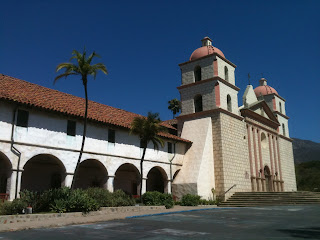 |
| A selection from last year's harvest |
I find home grown fruit and vegetables fall into a three categories:
- those you won't/can't grow for various reasons - you hate them (swedes); wrong climate or conditions ( tropical fruits); or repeated failures (celery, celeriac).
- those you grow just the right amount of and enjoy from first to last (raspberries, strawberries - in fact any berries, corn, carrots; radishes, fennel)
- those you initially enjoy, but by the end of the season want to poke out your eye with a needle rather than eat or, at the very least, wish you had only planted one (without question, zucchini).
 |
| From picking fruit to jam in less than an hour |
I saw Annabel Langbein make her 10 minute version of Raspberry Jam on TV the other night, so had to give it a try.
Berries (I used 1kg) and sugar ( I used about 650gms. I can't remember what she used, but I think it depends on how sweet or otherwise you like your jam. Some cooks go kilo of fruit to kilo of sugar which sounds too sweet to me). Put the berries in the pan and heat til juice runs, add sugar and bring to the boil. Hard boil for 10 minutes, add a knob of butter, which gives gloss and reduces the foaminess. To see if the jam has reached setting point, put a small spoonful of jam on a cold plate and see if a skin forms on top of the jam. This is my Mum's method and it works a treat. If it isn't ready, boil a bit longer and test again. When it is ready, bottle in sterilised jars. Delicious.
And it won't be long before I'm making Zucchini Pickle.










































